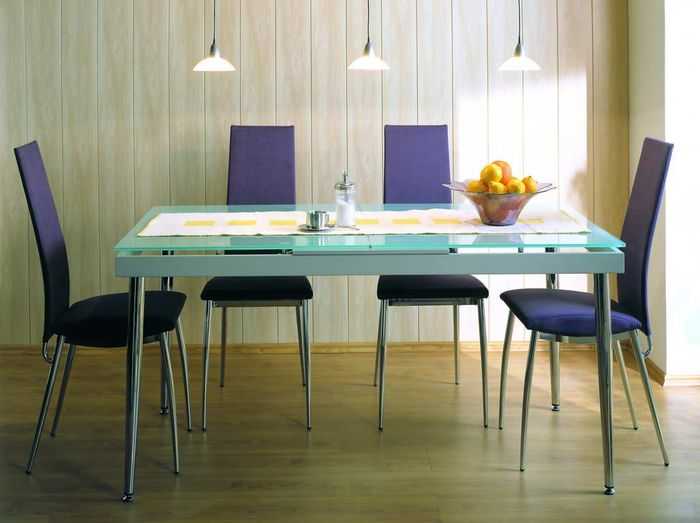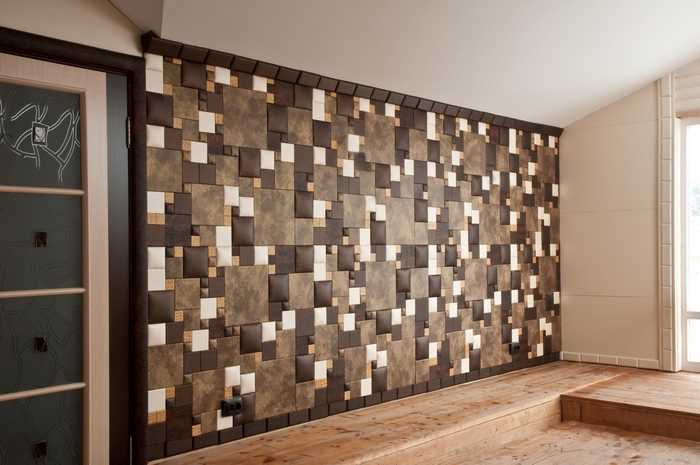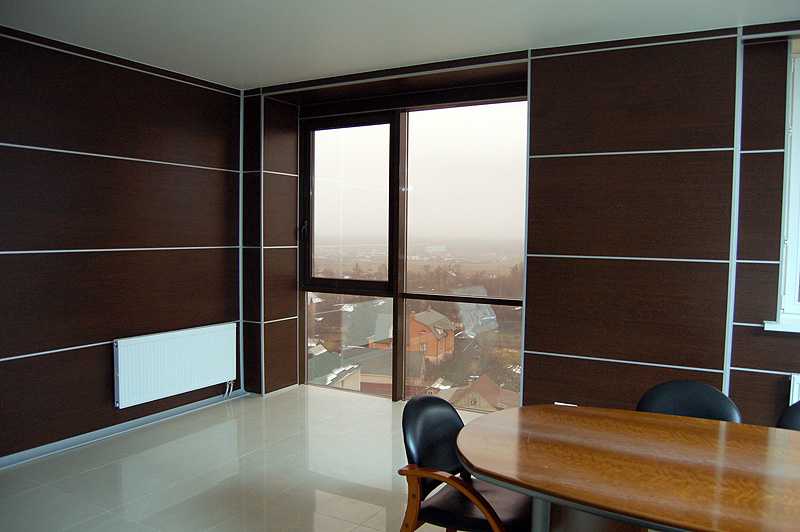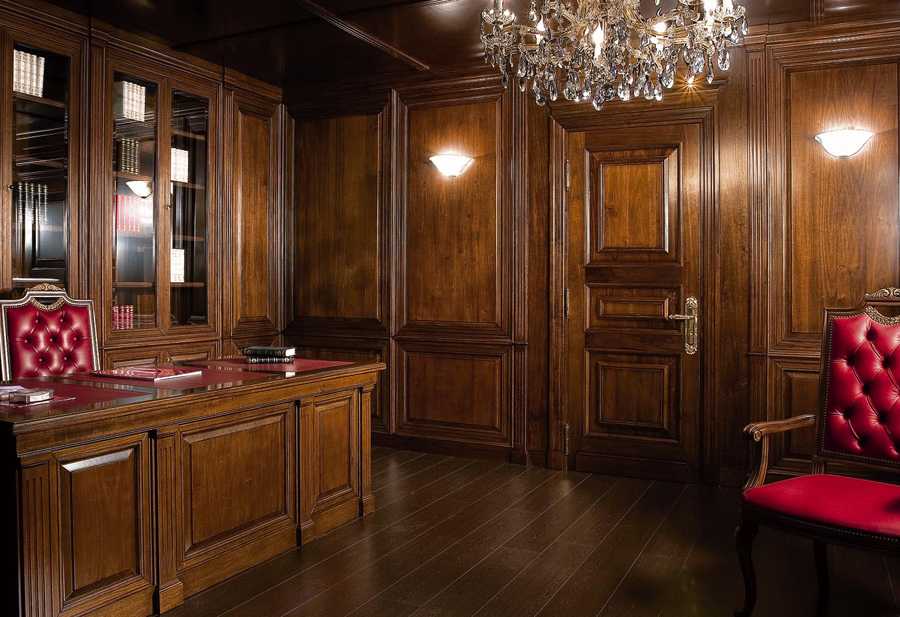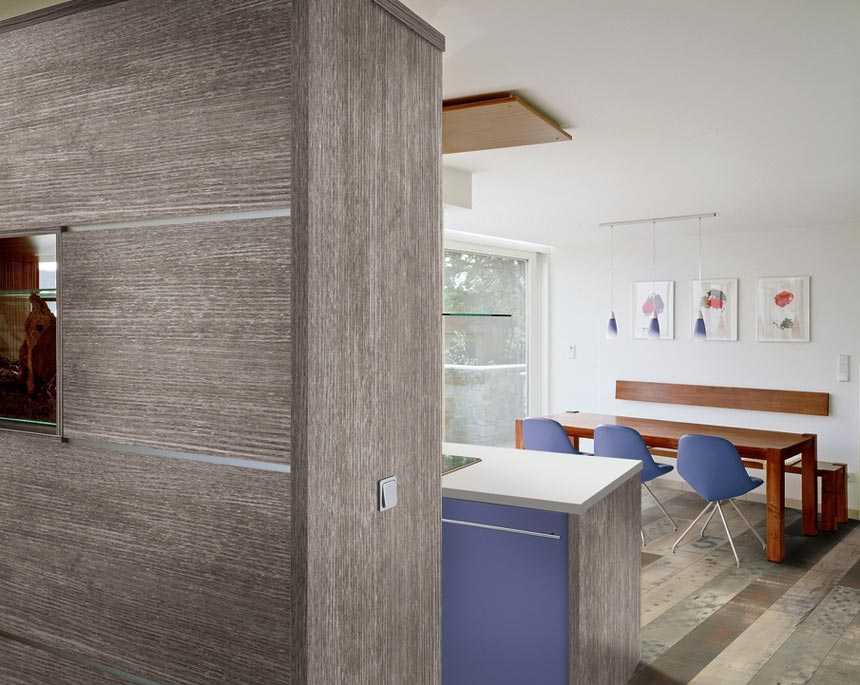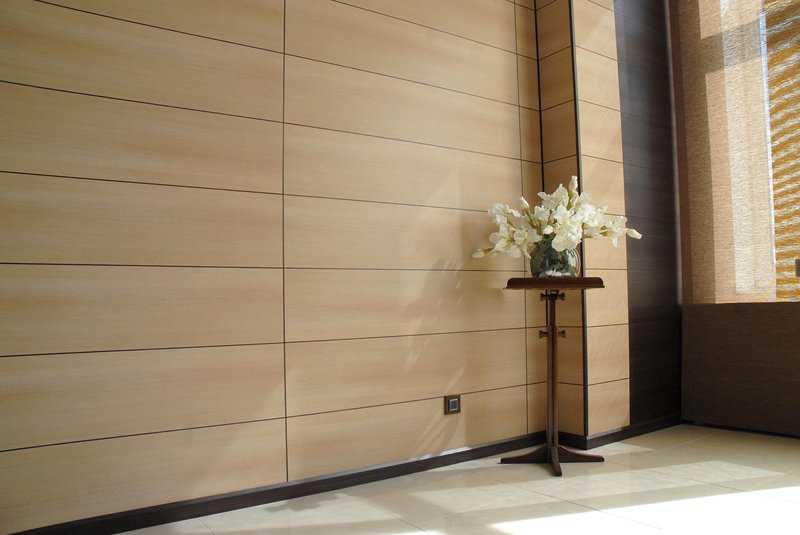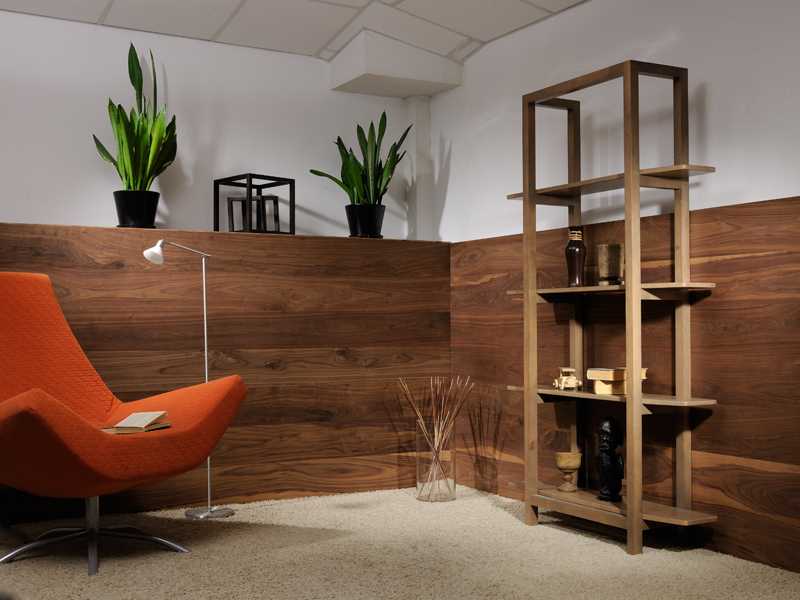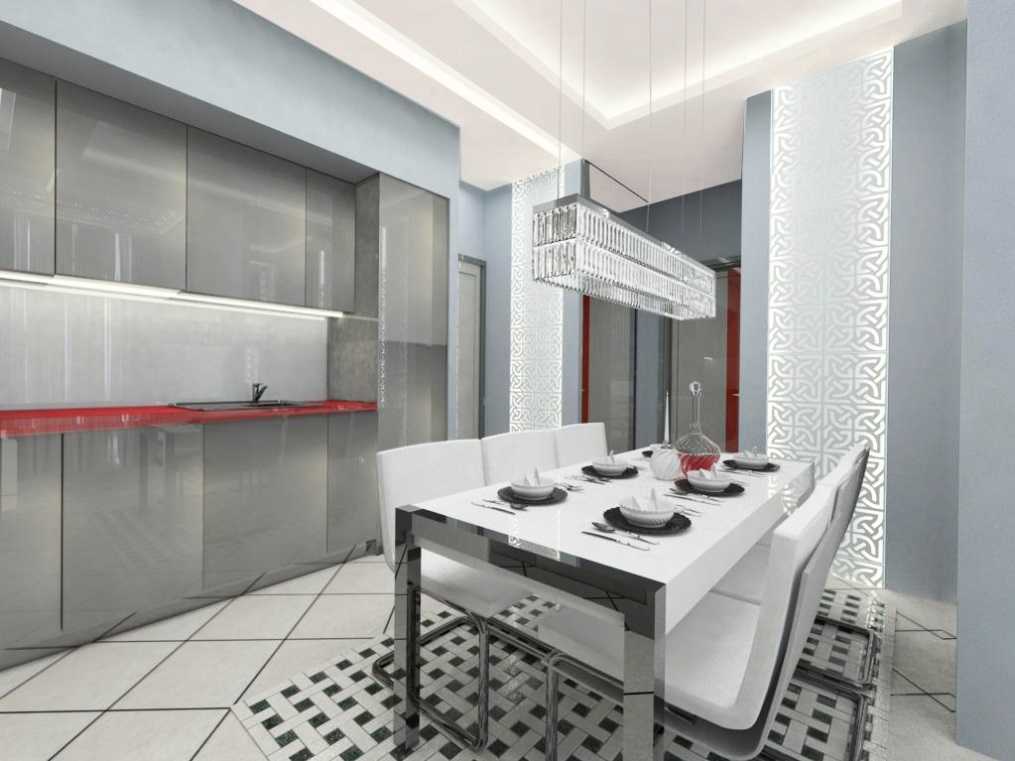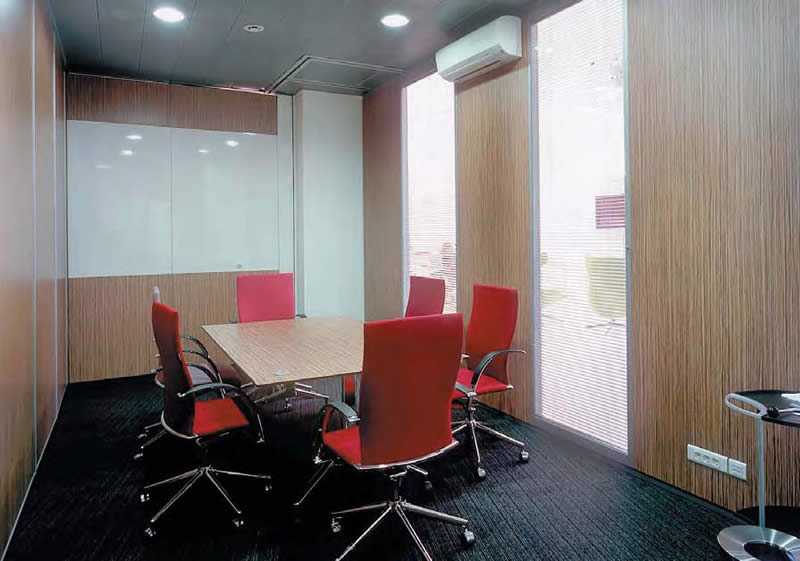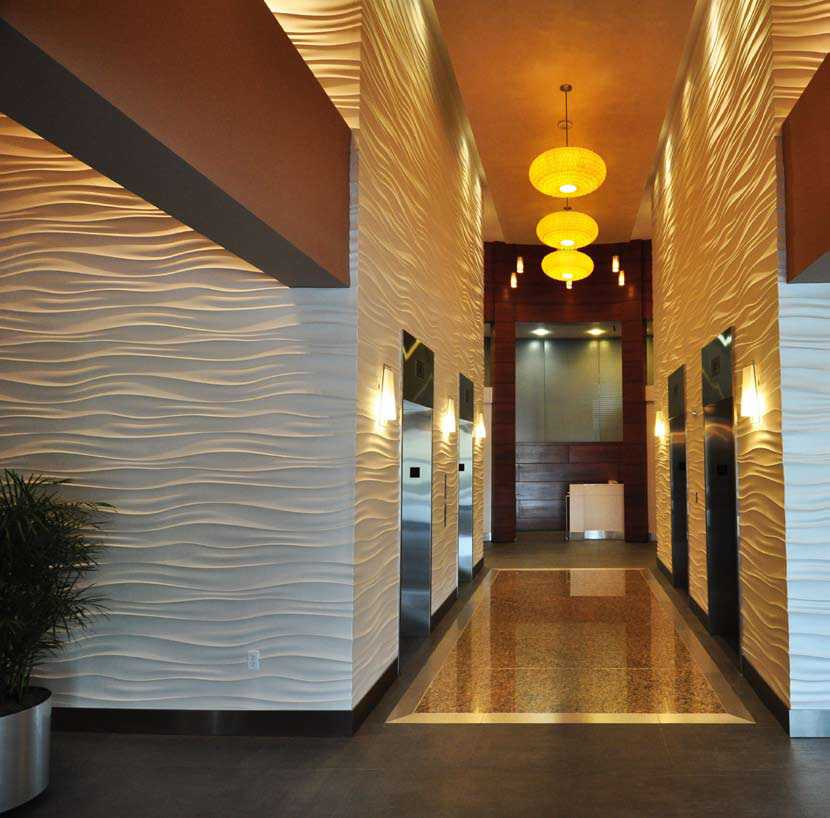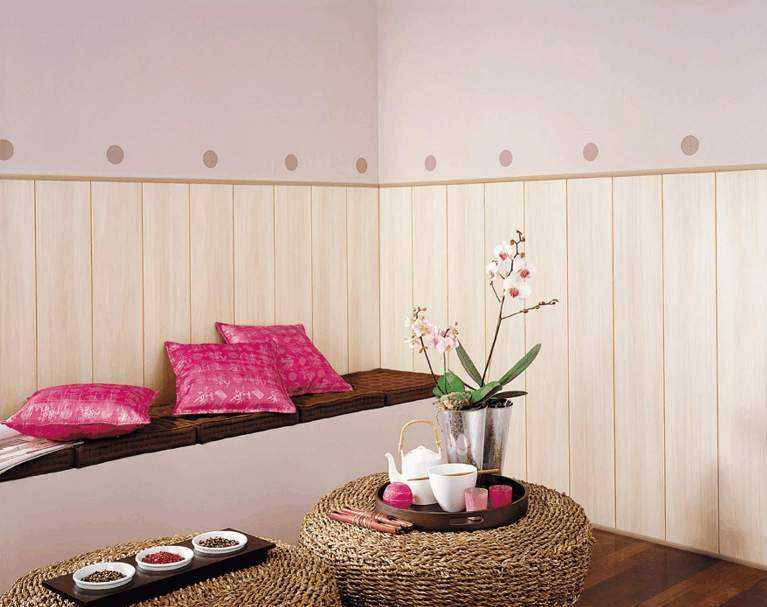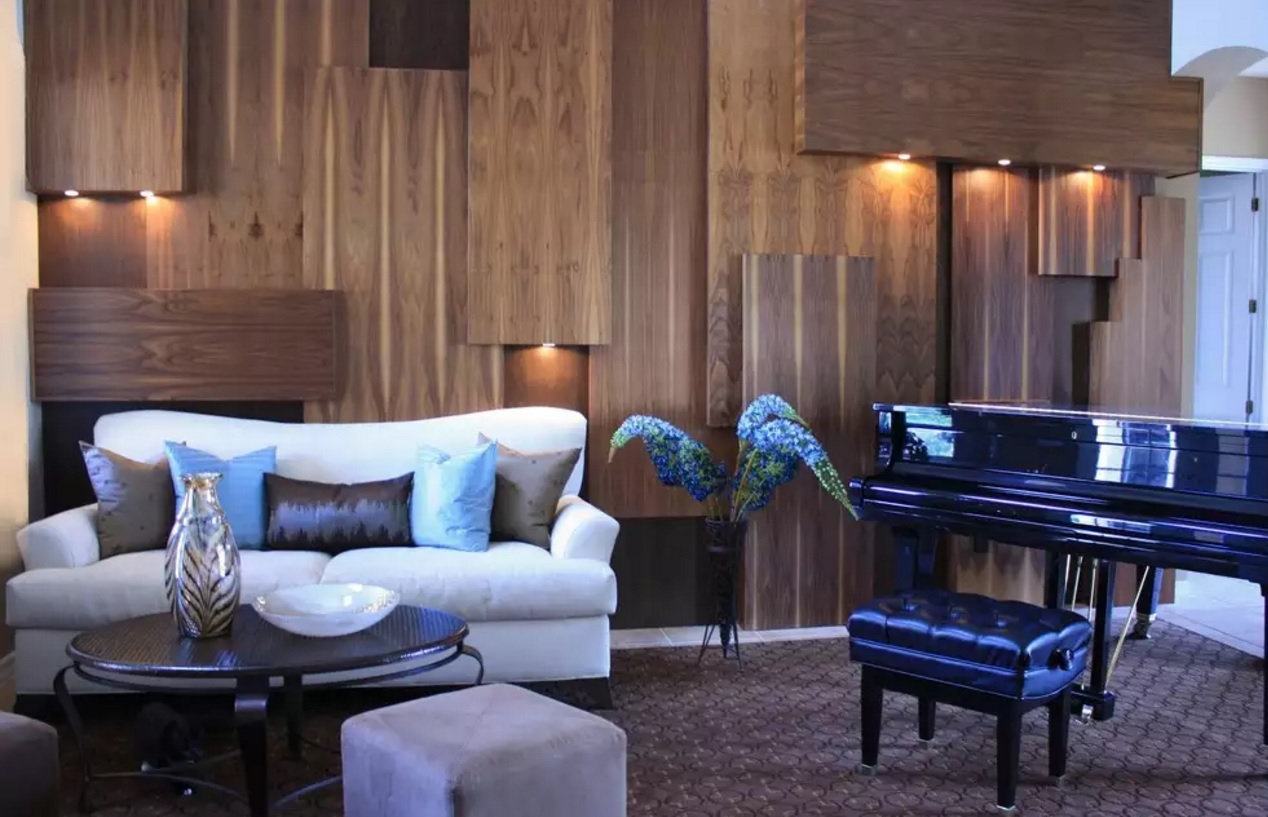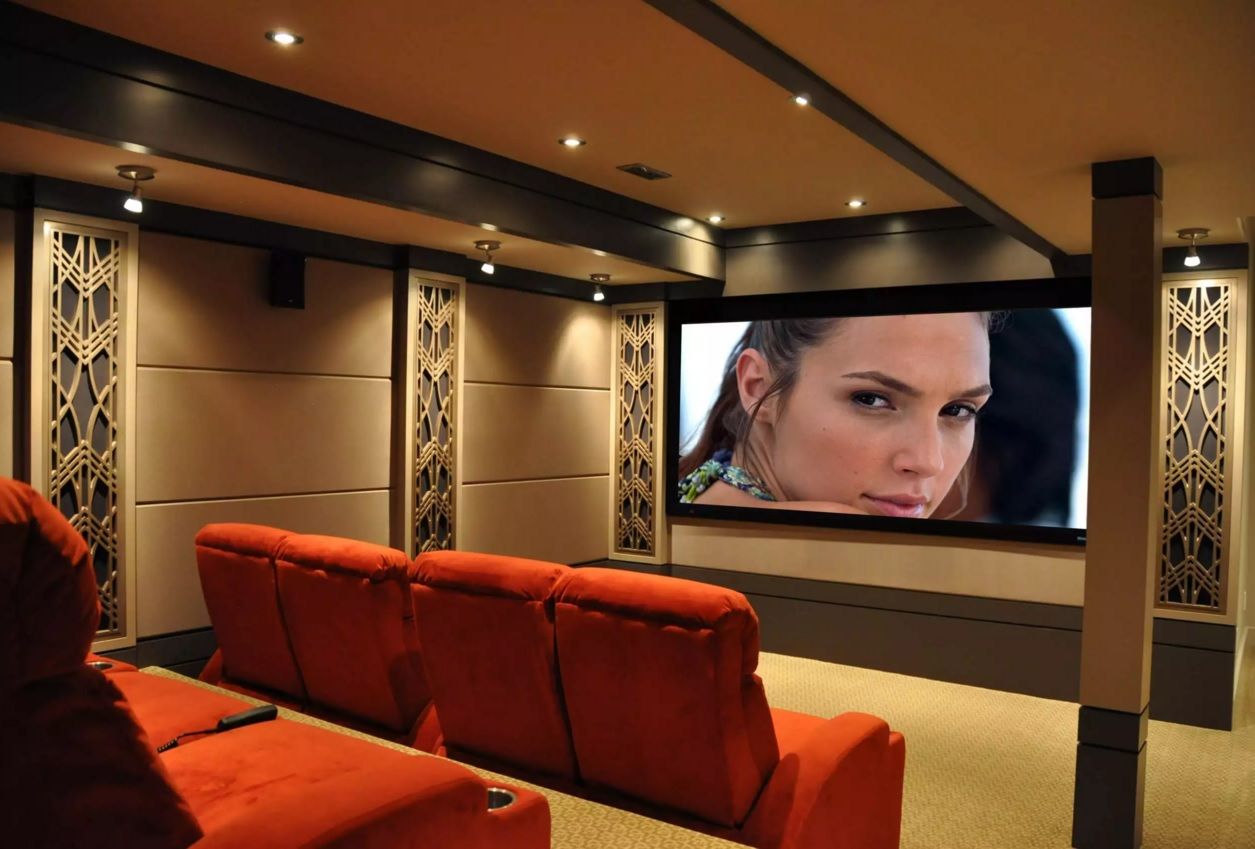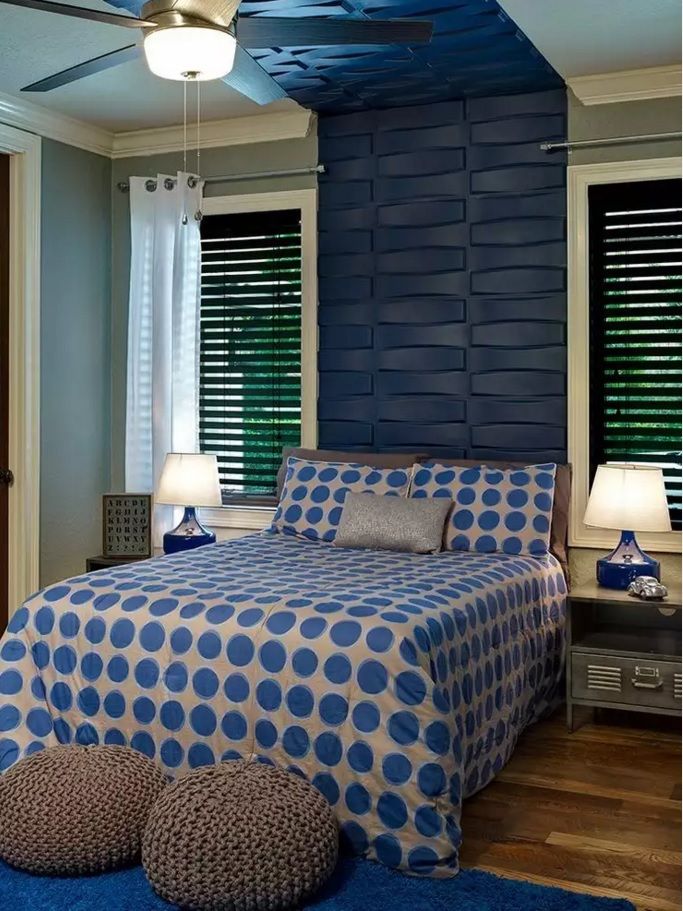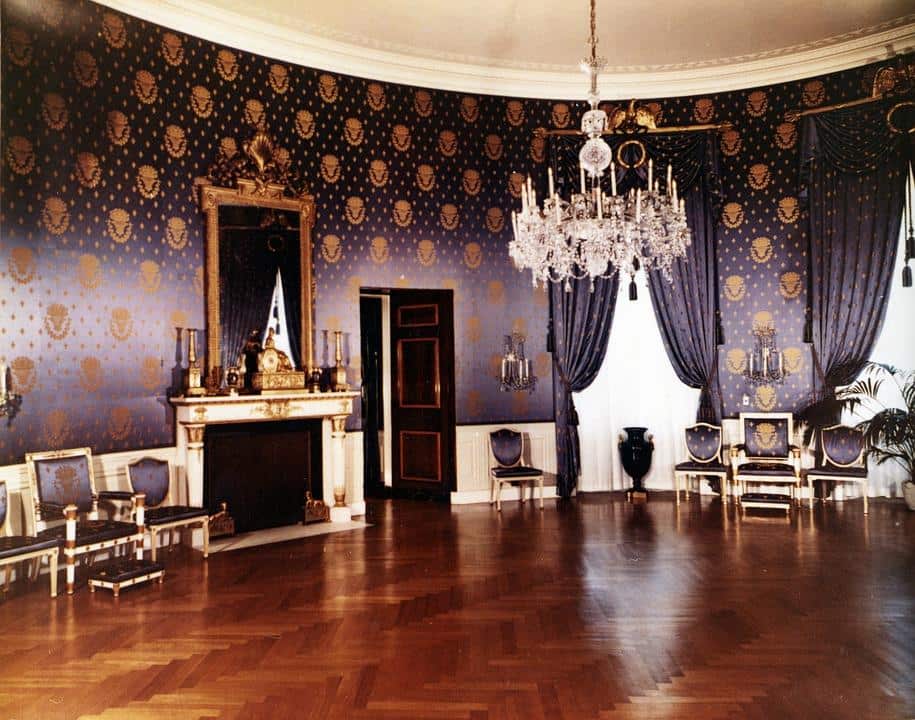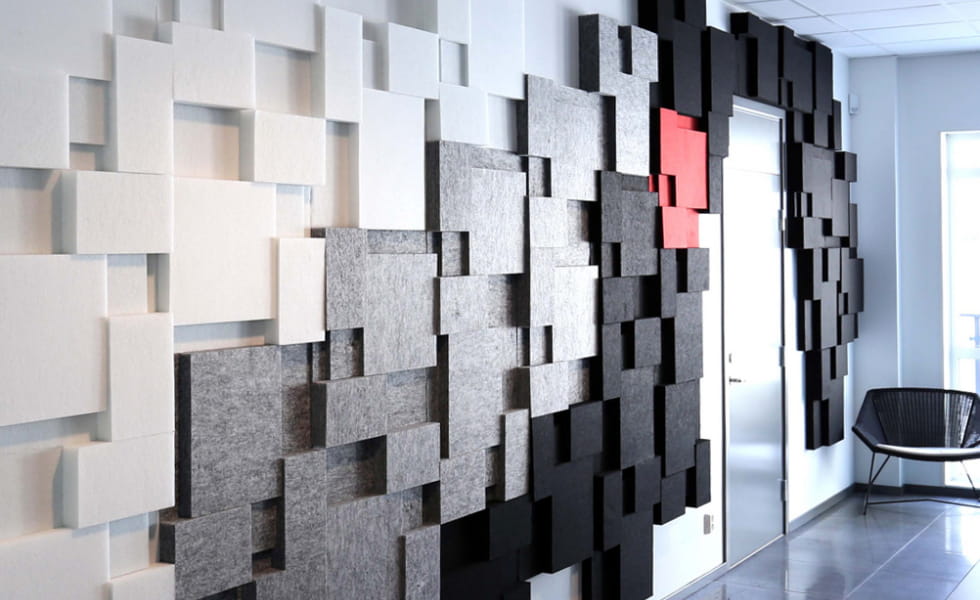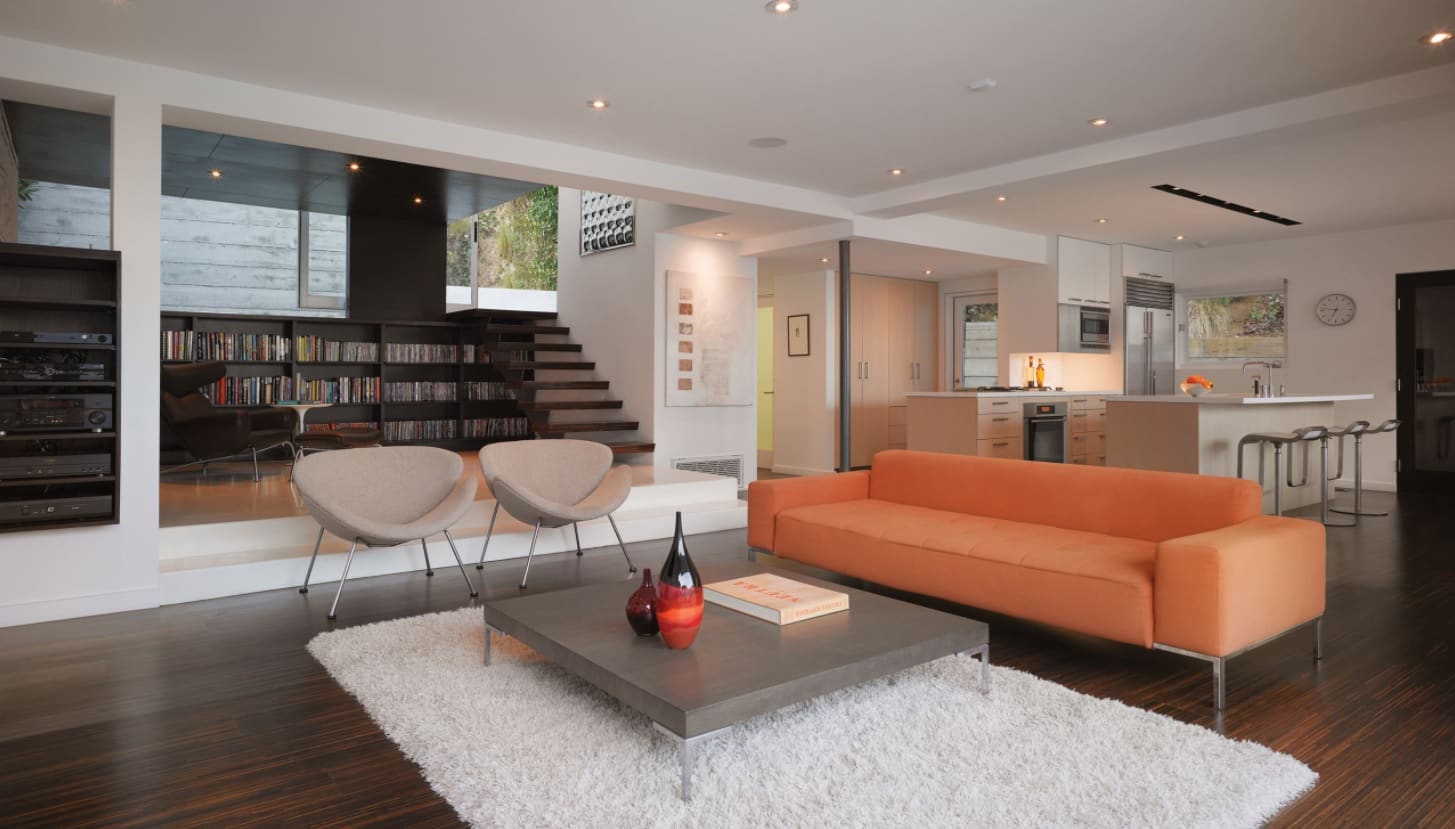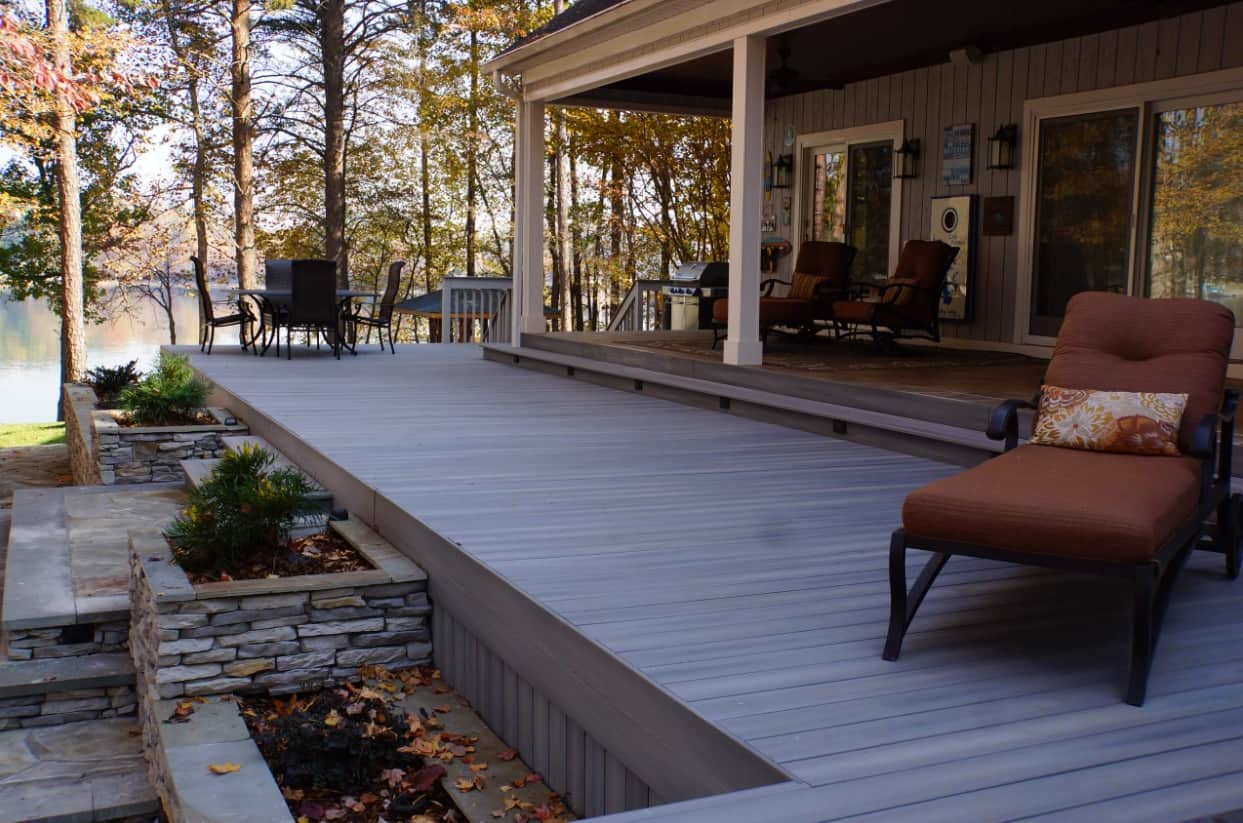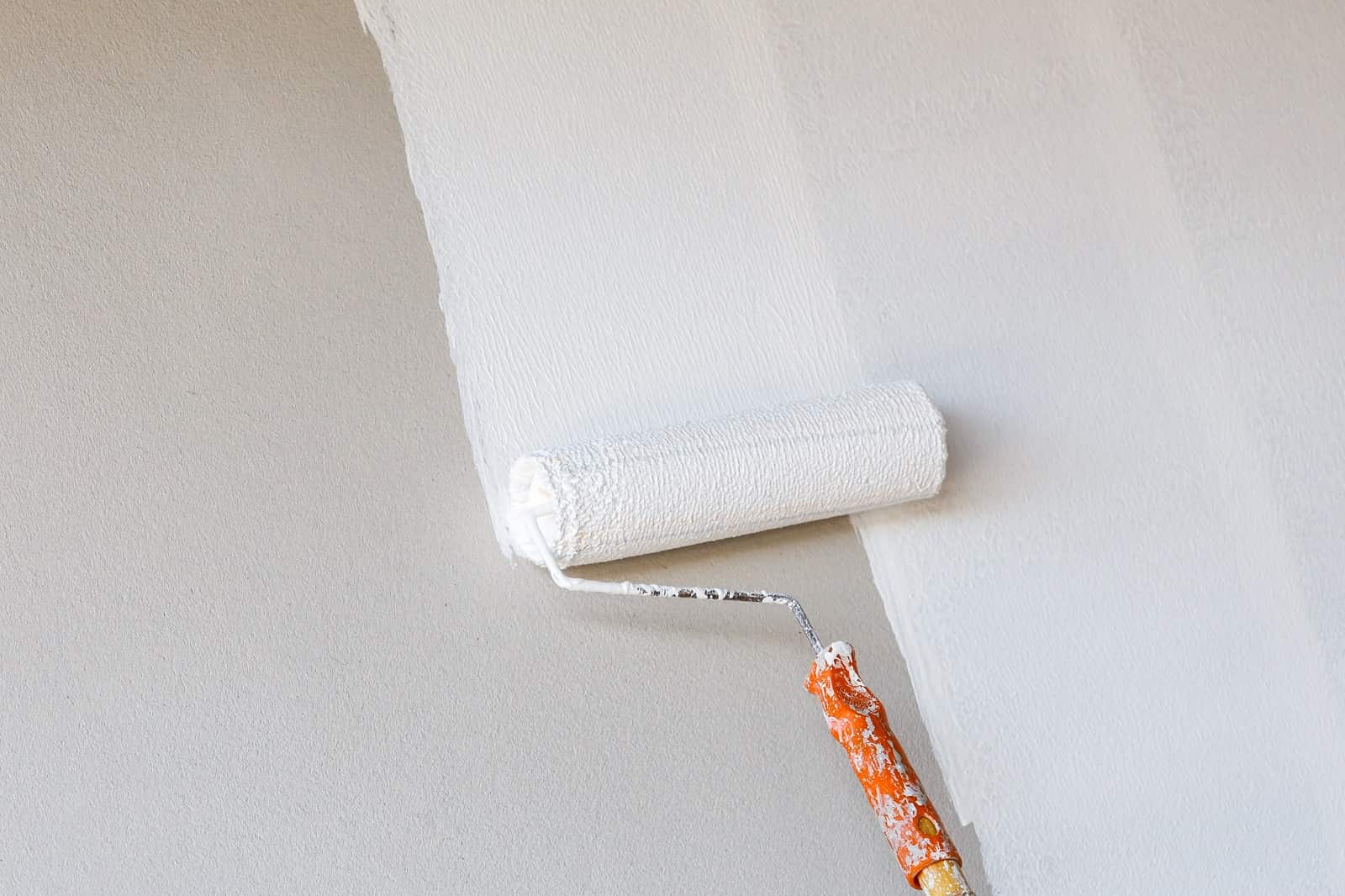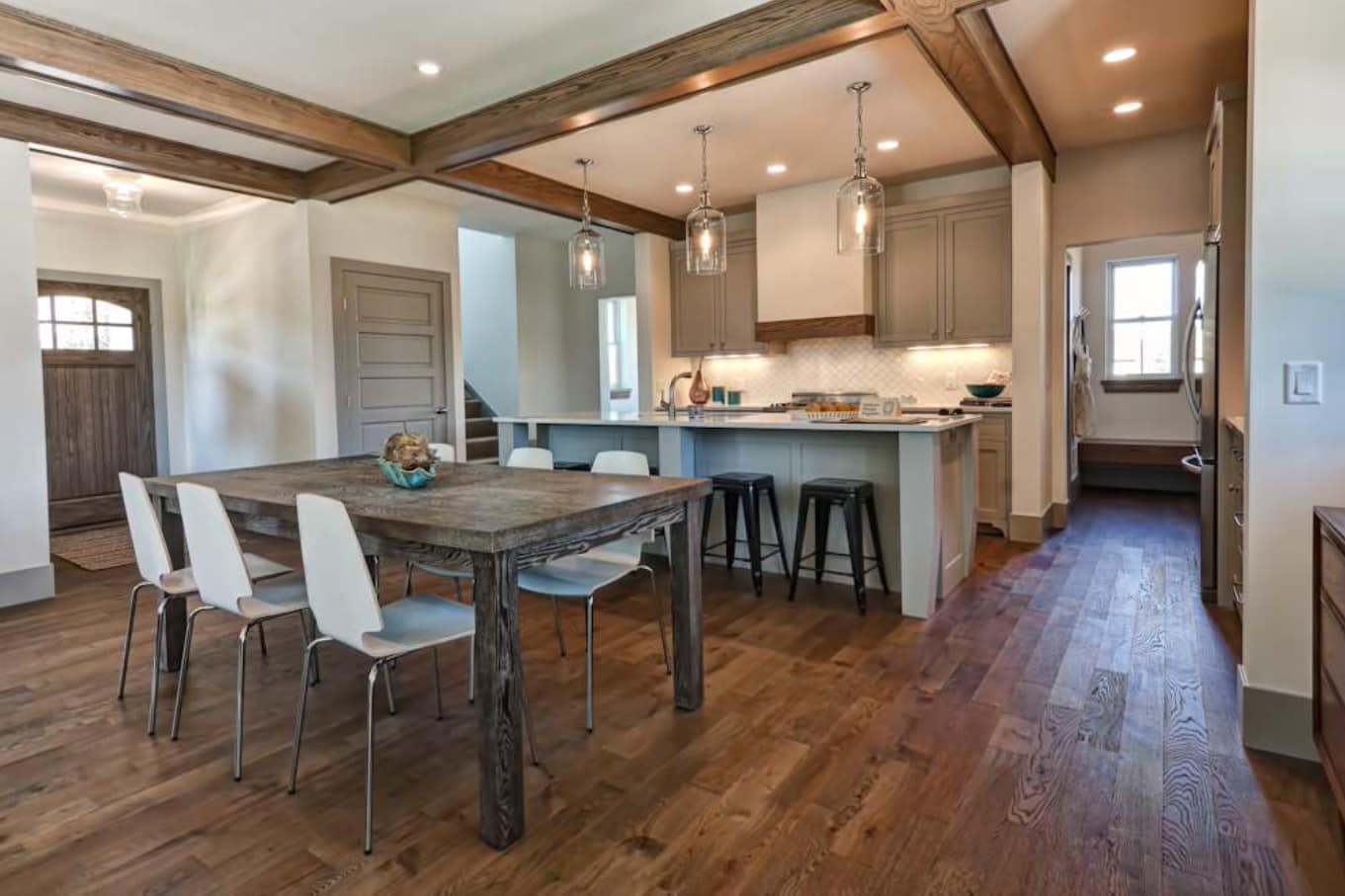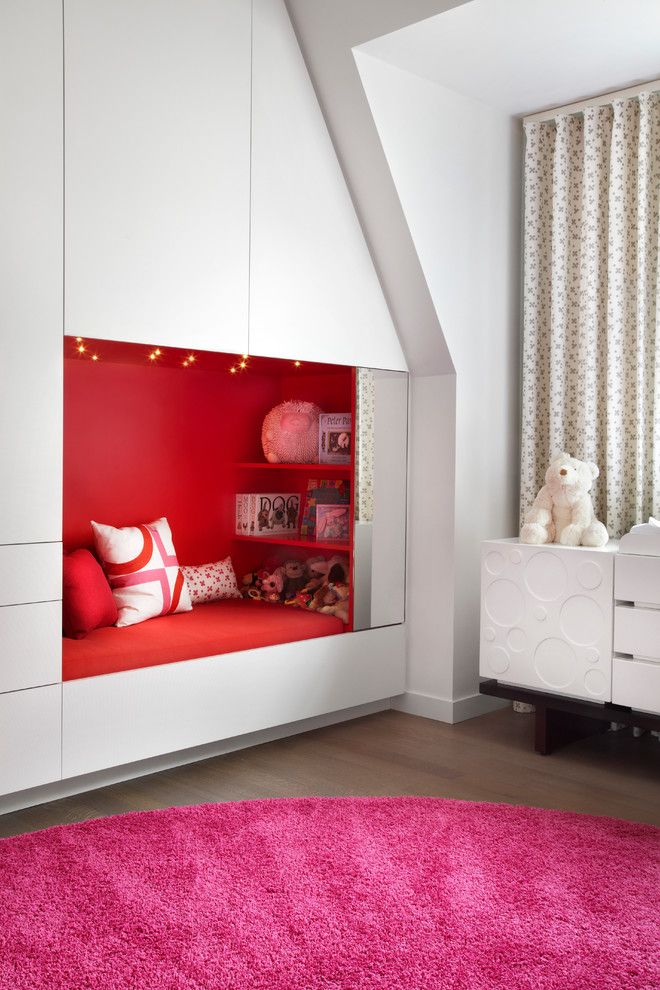Wall panels are the best solution if your main goal is the minimum cost and effort. They are easy to install, and the choice of colors and textures an unusually huge, from both natural and artificial materials. Today, the wall panels have gained considerable popularity and success among consumers, despite the fact that they appeared relatively recently in our market. So, what are they? If you want to know more about wall panels: types, sizes, properties, and advantages, you’ve stumbled on the right source.
Contents:
- What types of wall panels exist:
- The Material to Make Wall Panels
- Properties of plastic panels
- The Size of Plastic Panels
- The Advantages of Wall Panels
What Types of Wall Panels Exist
Rack Typesetting Panel
These are planks of 2400 – 3700 mm length and of a 125 – 300 mm width, their thickness is 8 to 12 mm. Such type is most in demand when covering small areas. It is a required crate of wood or metal for their installation. The panels fasten due to the presence of groove and tenon (or there are only slots and tabs that connect the two panels, but we’ll have a gap in such case). The panel fixes to the frame with staples or self-tapping screws (into the groove). For the manufacture of slatted typesetting pads often use chipboard, hardboard, PVC, and MDF.
Tile Patterned Panel
Such panels are square-shaped, size is usually 30 x 30 to 98 x 98 cm. By the way, they are very usable to layout different figures, combining all sorts of shades and textures. Wall bracing for panels is usually produced by means of adhesive or capping, and they are fixed to each other using only grooves and the inserts in them. Chipboard, MDF, PVC, and MDF can also appear as the material for the manufacture of tile typesetting pads.
Sheet Wall Panels
greatly facilitate the job of finishing walls by virtue of large sizes – from 1 22 to 2.44 m, with a thickness of 3 to 6 mm. The surface of these panels is a multilayer structure with the imitation of stone, wood, or tiles. Installation is performed using glue, and seams are hidden by moldings. For the manufacture of sheet metal wall panels producers often use impregnated with resins fiberboard.
In addition to the existing three main types of decorative wall panels, there are also designs for the construction of interior walls and different partitions. These include both the concrete panel and a sandwich panel for modular houses, in the form of ready-made walls with a heater and a moisture and vapor barrier inside. Sandwich panels are mainly applied for villas and country houses.
The Material to Make Wall Panels
Panels Made of Natural Wood
Most often made of oak, cedar, maple, or alder. It is ideal for housings, primarily due to its environmental friendliness. When installing such panels in rooms with high humidity (bathroom or kitchen), they should be chosen with a waxy coating panel, repelling water and dirt.
Chipboard panels (Chipboard)
The manufacturing process is based on the method of hot pressing of chips and sawdust. It is similar to wood, but less strong, since it is subject to temperature drops and high level of humidity, and therefore only suitable for the finishing of dry areas.
Hardboard Panels (Fibreboard)
Hardboard panels are also produced by hot pressing, but with the use of wood and other plant fibers. They are less prone to moisture, eco-friendly. However, they are not recommended for rooms with a high probability of direct hit water.
MDF Panels
This comparatively new material, based on MDF boards by using dry pressing (press the fine wood shavings) at high temperature and pressure. The wood release lignin during heating. It serves as a connecting element. The material can withstand sufficient load (hanging lockers and shelves), and is resistant to moisture, has heat and sound insulation. It is hygienic, durable, in other words, it is rather qualitative. Moreover, there are even fire-resistant MDF types.
Glass Panels
Glass panels are designed to create photographic images that require a durable base. Therefore they have several disadvantages. But careful operation can last quite a long time, especially since manufacturers are interested to apply modern technology, which has a positive effect on the strength and protection of the glass surface.
Vinyl Gypsum Panels (Vinyl Drywall)
This material has overgrown the well-known gypsum board today. It is mostly used to build walls, partitions, and even ceilings. The new material is the same drywall with the only difference that it is covered with vinyl instead of cardboard. This obstacle differs it favorably from its predecessor. Panels are endowed with the finished working surface with a certain pattern, and they are quite durable and reliable.
3D Panel
It is the new design solution, facilitating the creation of your individual style. It is made of “fashion panels” and bamboo – a material that represents a new decorative range of sculptural textured panels, painted in different colors using acrylic paint (glossy or matte finish). Panels can create a stunning effect and turn the interior space into a spectacular one.
PVC Panels
The plastic wall panels are also new material made of a rigid polyvinyl chloride with a minimum amount of plasticizer. The panels can be safely used for almost any room, even in the shower, because they have a number of advantages: water-resistance, fire-resistance, they are hygienic, long-life. Plastic panels are the most popular option among their “classmates”. This is due to several advantages. Let us examine it in more detail.
Properties of Plastic Panels
- Environmentally friendliness. It should be noted that polyvinyl chloride is used for the production of food packages, tubes, and medical equipment. According to the rules of SES, finishing PVC panels are recommended for schools, sports gyms, and health facilities.
- Fire resistance. It turns out that the ignition temperature for PVC panels is 370 C degrees, while the panels of fiberboard and particleboard light at 250 Celsius degrees. But that’s not all: as shown by experiments, PVC panels emit 2 times less smoke when burning than the panels of chipboard and fiberboard. And when tested for toxicity was found that the products of chipboard and fibreboard combustion are one and a half times more toxic than their “classmate”. Also, do not forget that finishing panels are classified as self-extinguishing materials.
- Moisture resistance. Wall panels, thanks to a flat surface, are absolutely resistant to moisture, and the absence of pores contributes to the fact that bacteria and mold can’t survive on the surface of the wall. That is why the material is often used in kitchens and for bathroom wainscoting.
- Easy installation. It’s no secret that the installation of such panels is not too difficult, it can manage even a not very experienced master. The material does not require any preparatory work and leveling the surface. Moreover, the damaged part of the structure can be easily replaced.
- Decorative abilities. Plastic panels have a wide range of colors and shapes. There are variants with the applied pattern on the surface by means of thermal film. The material is able to decorate any surface thanks to this it is considered to be the most popular option of finishing.
The Size of Plastic Panels
Panel thickness can be divided into two types – a 5 mm and 8,9,10 mm. The second subtype (size 8-10 mm) constitutes of moldings of the same size.
- Lining panels. The length of the panel is 3 m, width – 10 cm, and 12.5 cm for a more rare type (it has a double profile). The most popular are “European” with a wide lock and the other option is less popular with a narrow “Polka” lock. It produced mainly in white, rarer in color.
- The most popular length of the plastic panels is 260, 270, and 300 cm; the width can be 15 up to 50 cm, but the most common size of 25 cm panel can be painted, lacquered, or has an application of the thermal film. An almost invisible seam of the assembled panel is the main difference from the lining panel.
- PVC sheets can also be called PVC plates. The width of the sheet may vary in the 80-203 cm range, length – 150 to 405 cm. Foamed PVC sheets are the most popular, the upper layer of the panel may be toughened and smooth.
The Advantages of Wall Panels
By using wall panels as a finishing material, it is possible to avoid such preliminary issues as the alignment of the walls, as well as removing old plaster, wallpaper, and paint, ie pre-finishing of the walls. In addition, the installation of wall panels does not require special skills and master qualification. All you need to have is a stapler, nails, sticks of wood, and, in fact, the panels themselves. In addition, the wall panels provide excellent room and sound insulation, masking of computer, telephone, and other electrical cables. They do not need special care. The only thing needed is to wipe them once a month with any detergent or just a damp cloth. Damaged components can be easily replaced if necessary. But usually, the wall panels have a long life. They are durable, hygienic, and resistant to mechanical stress – all this will eliminate the need for annual cosmetic repairs.

